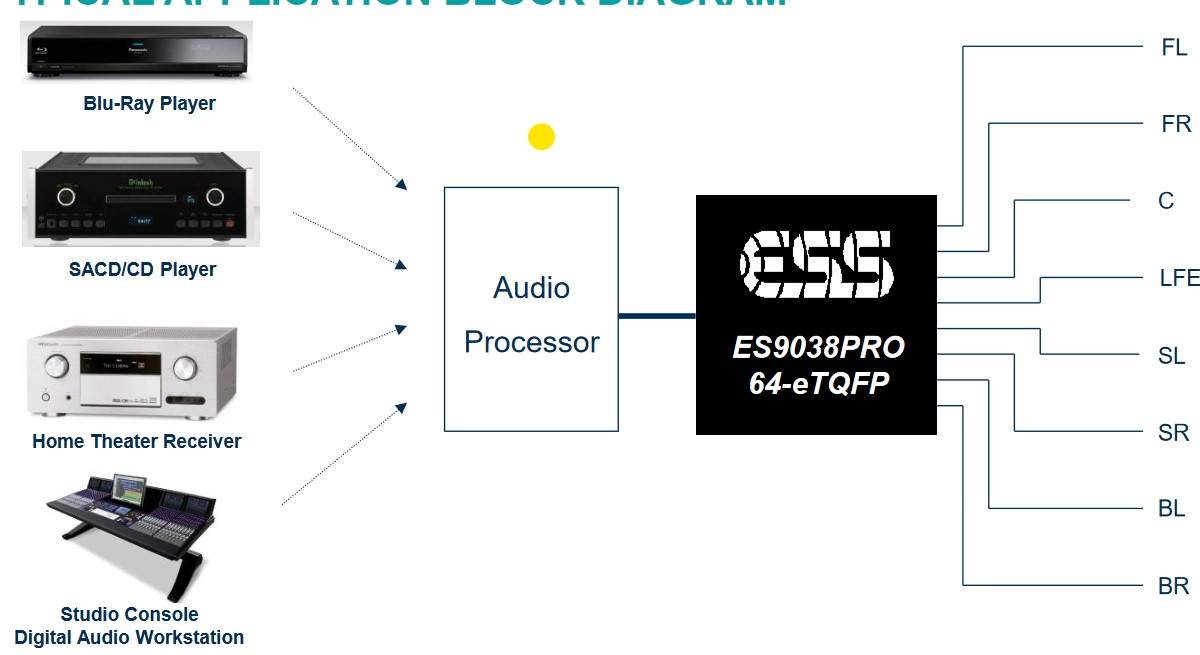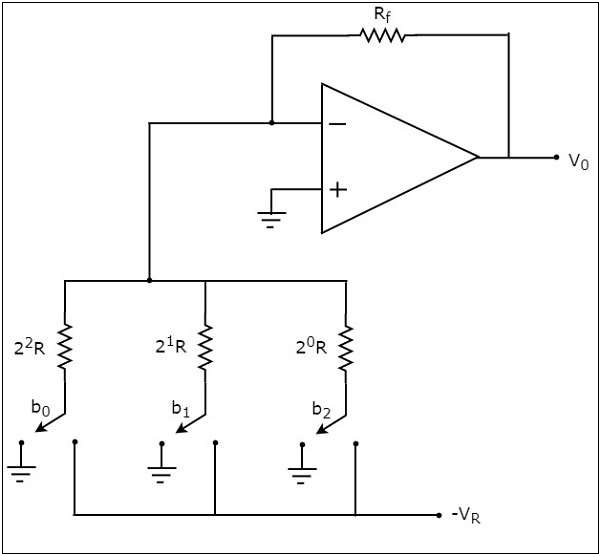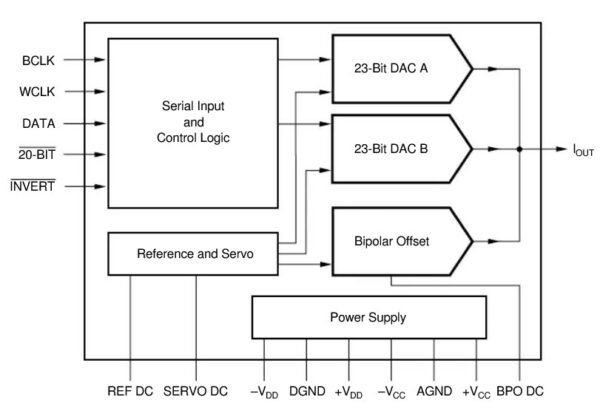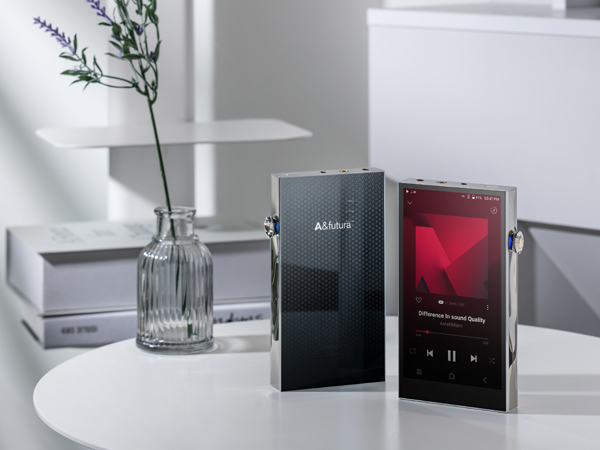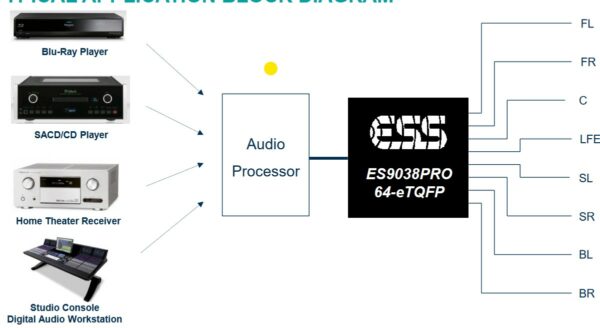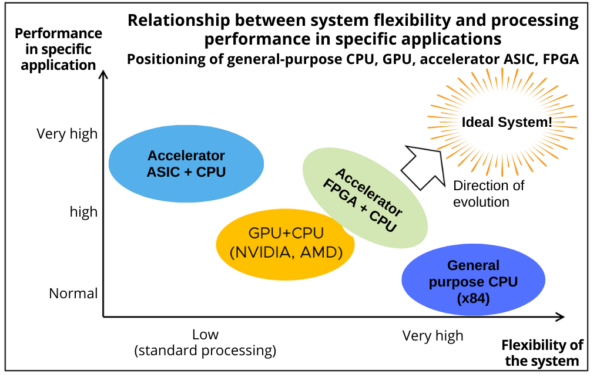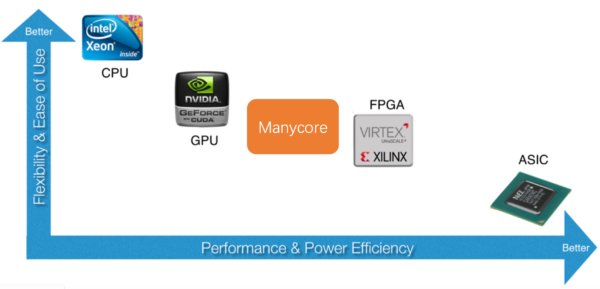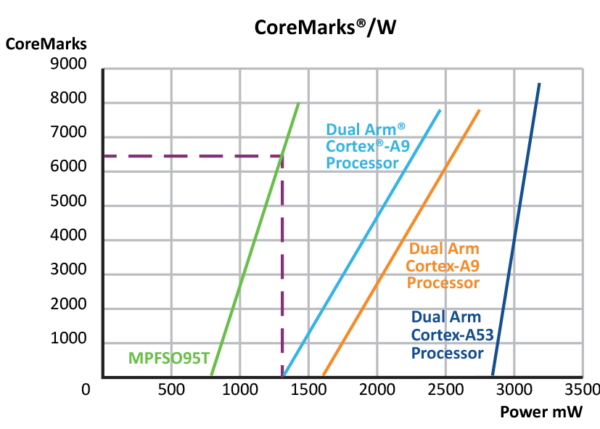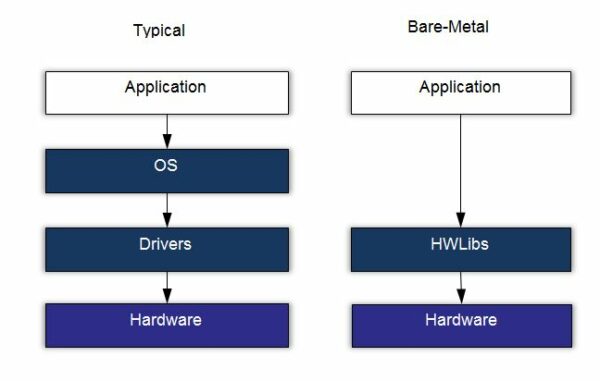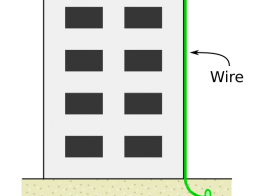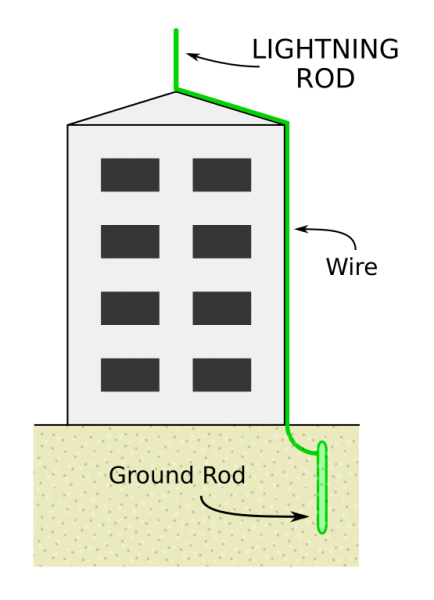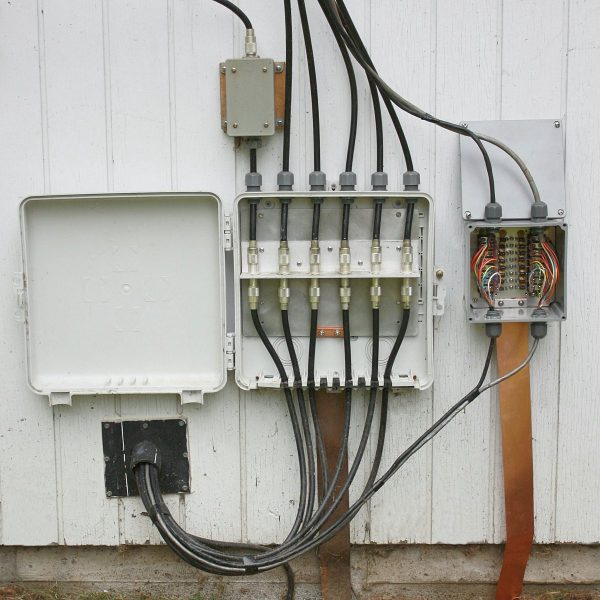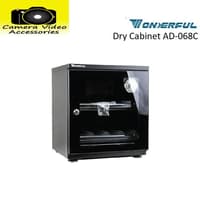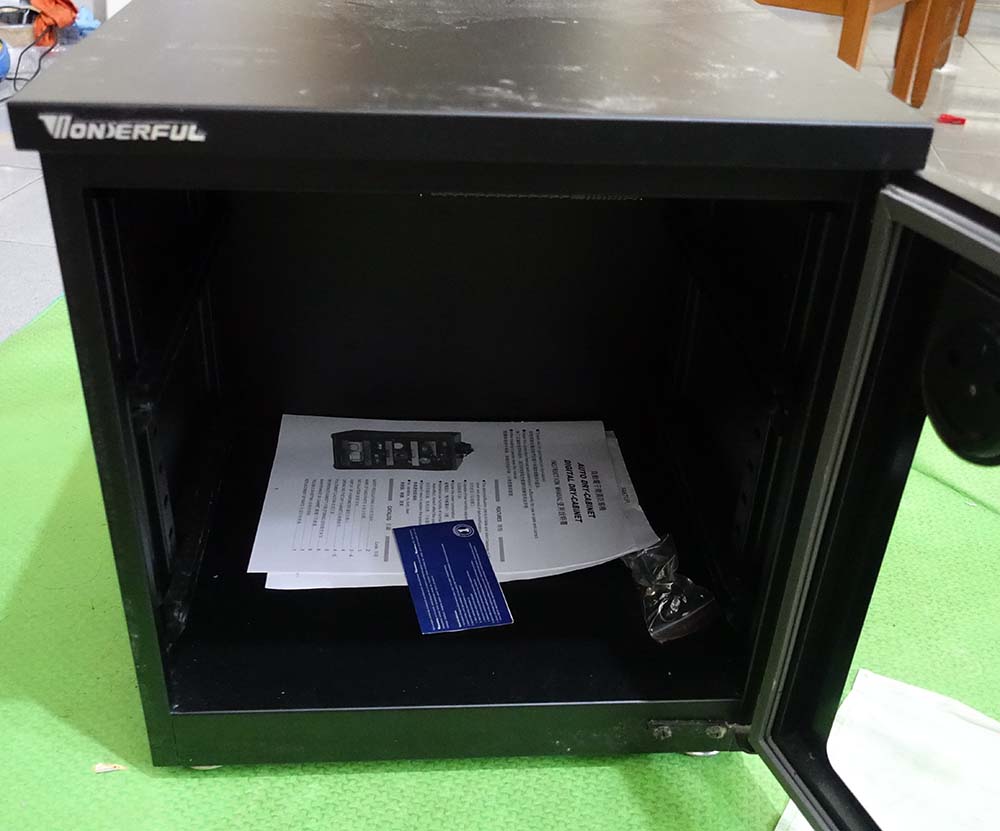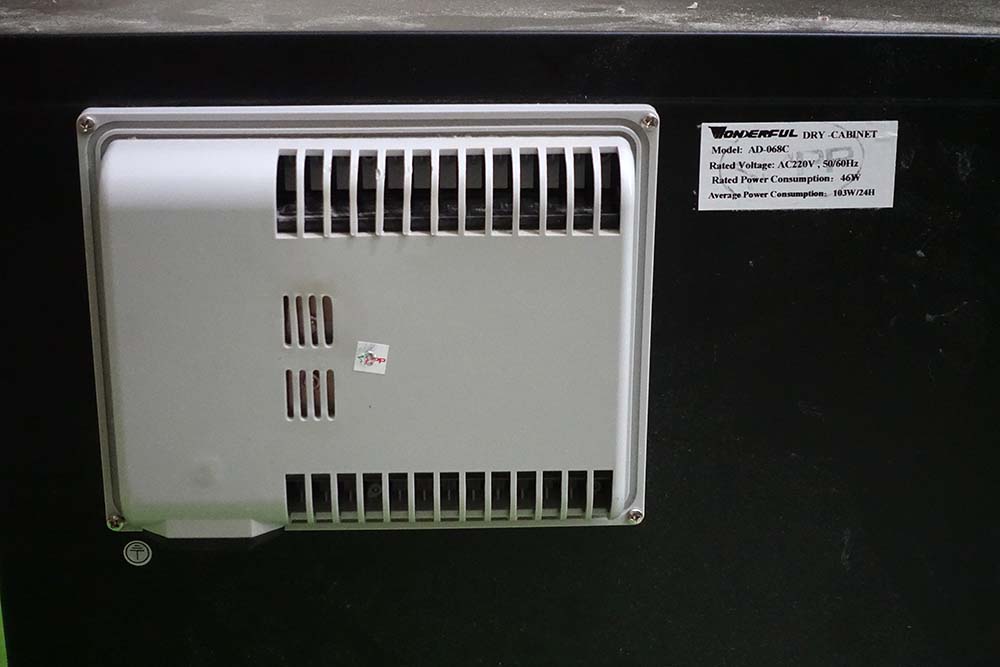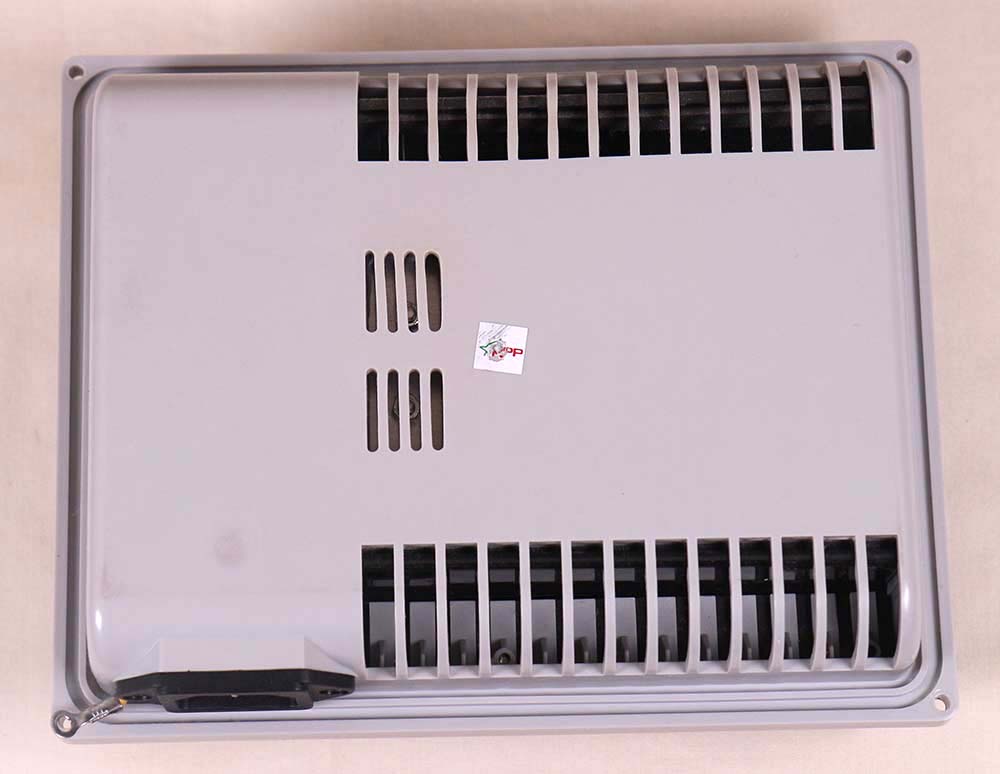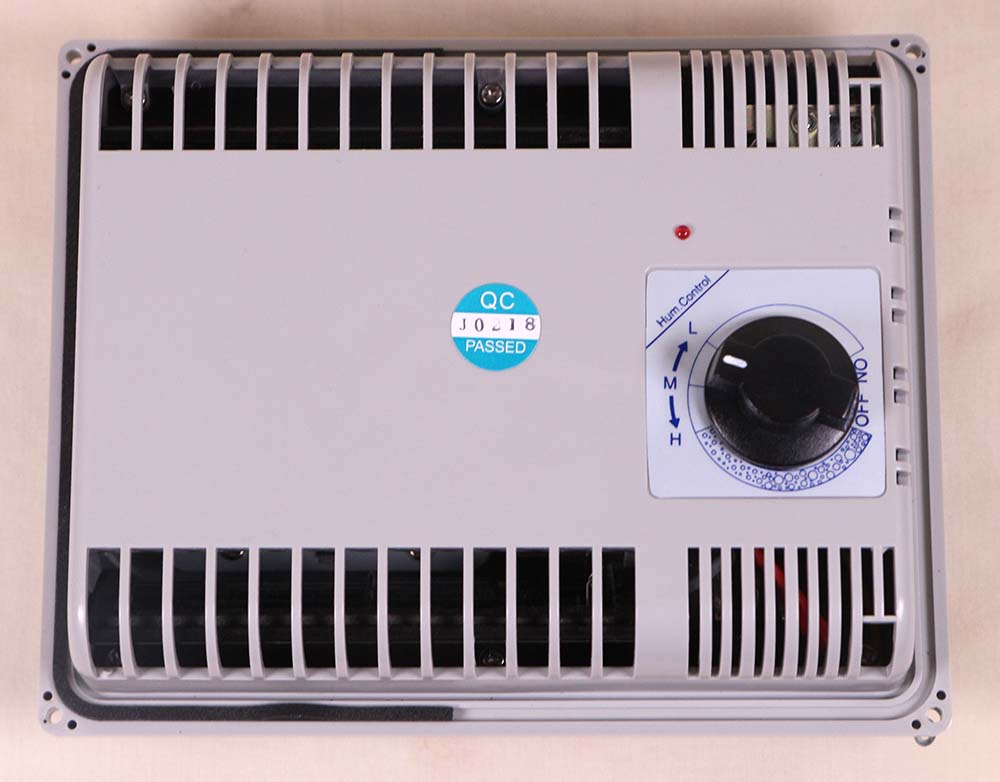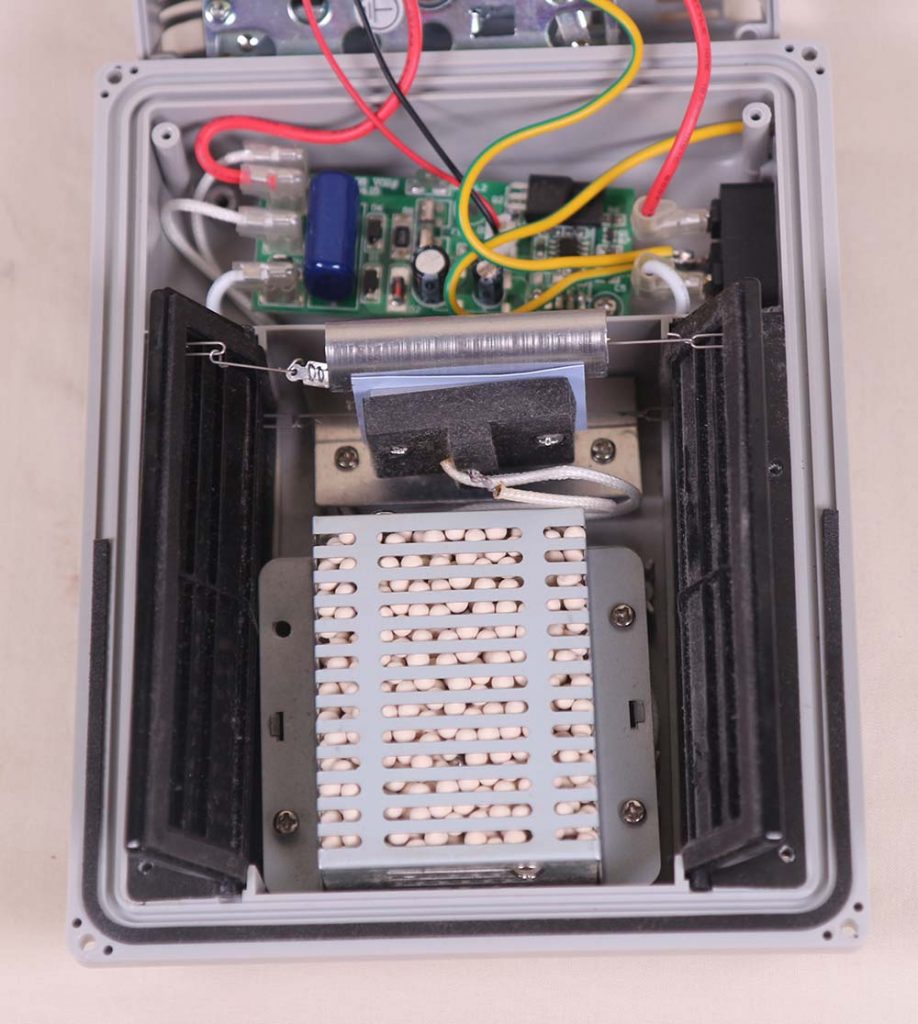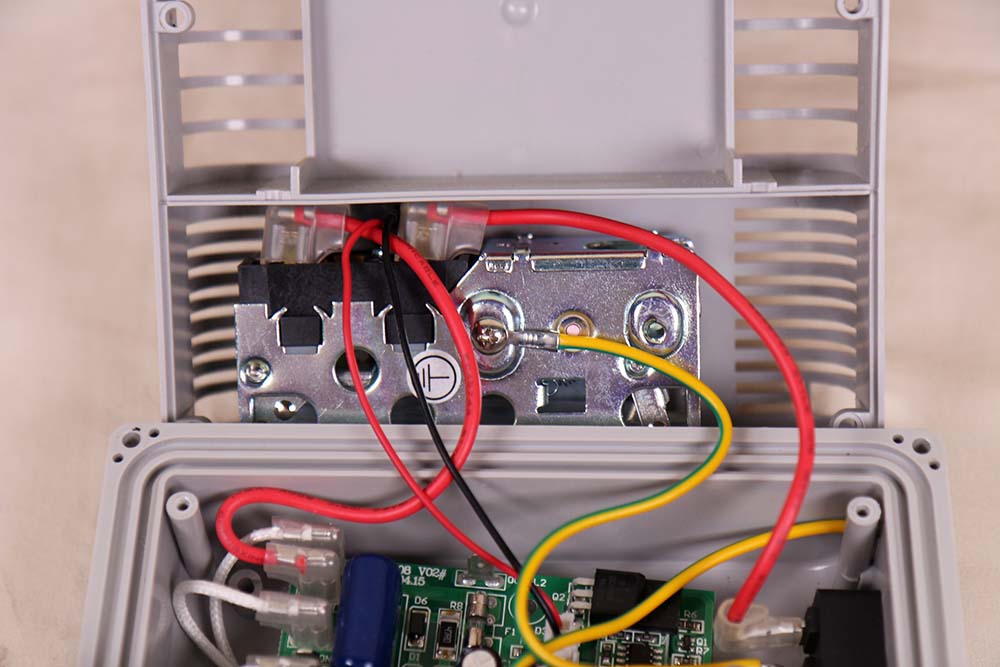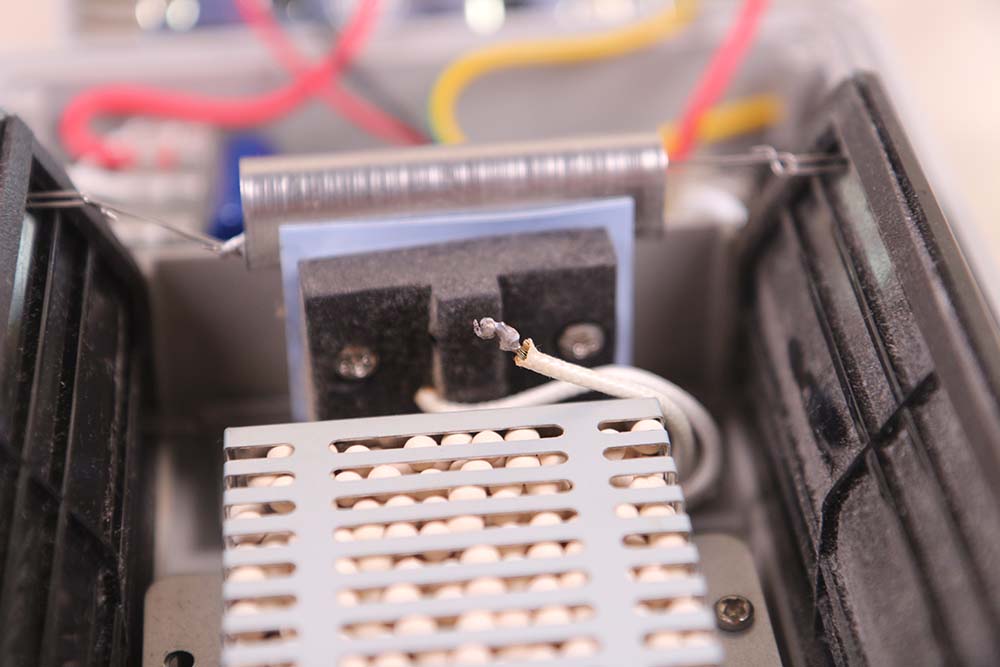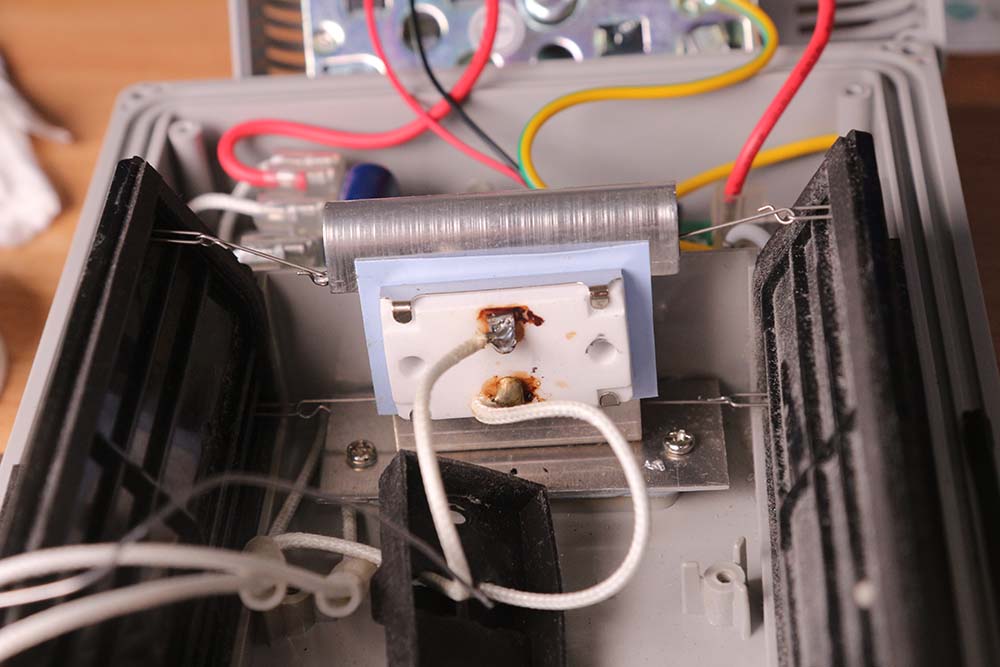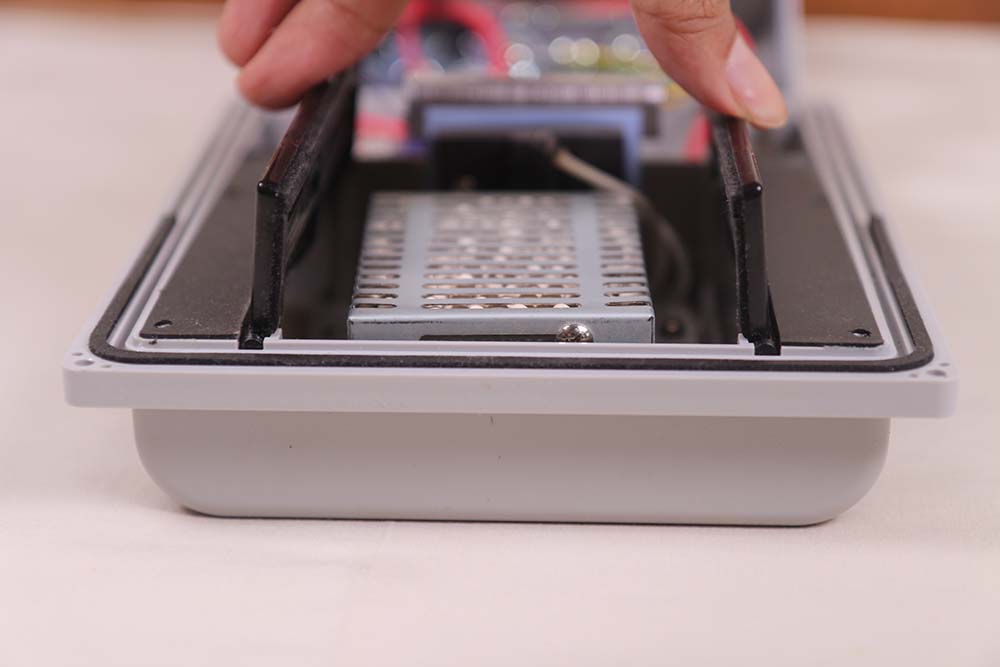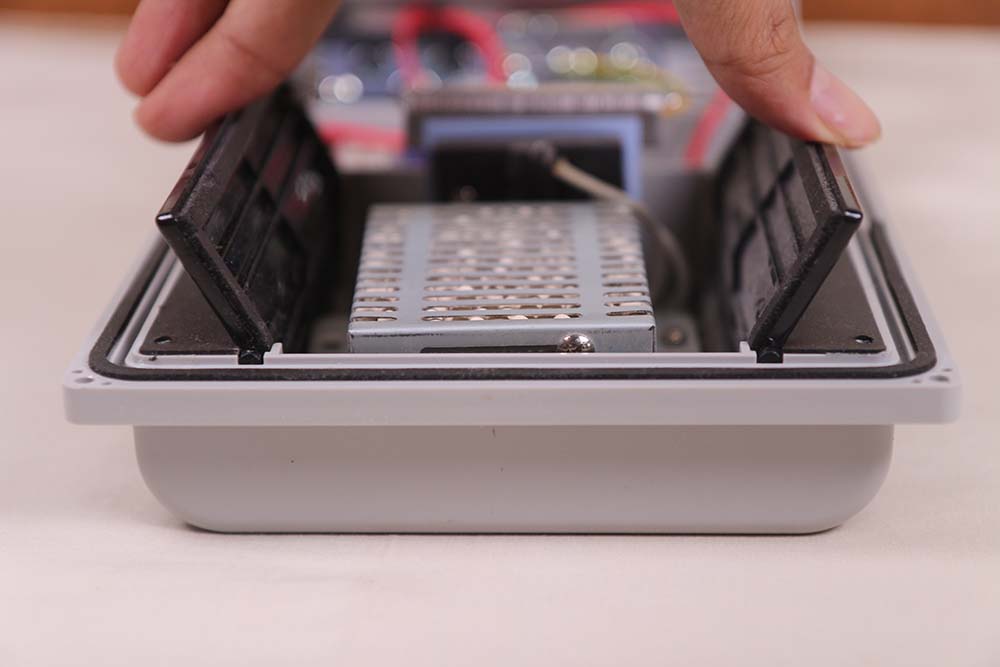List of literatures on Finite State Machines
Scientific Papers
- ON THE IMPLEMENTATION OF FINITE STATE MACHINES https://www.jillesvangurp.com/static/on_the_implementation_of_finite_state_machines.pdf
- IMPLEMENTATION OF FINITE STATE AUTOMATA IN VENDING MACHINE SIMULATION CHANGING EMPLOYEES UNIFORM https://dcckotabumi.ac.id/ojs/index.php/jik/article/view/280
- Implementation of Finite State Machines on a Reconfigurable Device https://ieeexplore.ieee.org/document/4291946
- Implementation of Finite State Machine Models on the Artificial Intelligence System of Characters in The Game “MMORPG” using RPG Maker https://ioinformatic.org/index.php/JAIEA/article/view/311
State Machine Model-To-Code - Transformation In C https://uu.diva-portal.org/smash/get/diva2:1776033/FULLTEXT01.pdf
- Implementation of Finite State Machine to Determine The Behaviour of Non-Playabale Character in Leadership Simulation Game https://journal.binus.ac.id/index.php/jggag/article/view/10894
- Programming Microcontroller via Hierarchical Finite State Machine https://link.springer.com/chapter/10.1007/978-3-642-40409-2_38
Articles
- 2.3 Finite State Machine (FSM) Concept and Implementation https://web.stanford.edu/class/cs123/lectures/CS123_lec07_Finite_State_Machine.pdf
- How to code finite state machines (FSMs) in C. A systematic approach https://www.researchgate.net/publication/273636602_How_to_code_finite_state_machines_FSMs_in_C_A_systematic_approach
- State Machine Design in C https://www.codeproject.com/Articles/1275479/State-Machine-Design-in-C
State Machine Design in C++ https://www.codeproject.com/Articles/1087619/State-Machine-Design-in-Cplusplus-2 - https://robertolanuza.tripod.com/fsm/fsm.htm
- Finite State Machines (FSM) in Embedded Systems (Part 1) – There’s a State in This Machine! https://www.embeddedrelated.com/showarticle/1625.php
- System Design, Modeling, and Simulation using Ptolemy II: Finite State Machines
- 7 – State Machines for Real-Time Embedded Systems from Part II – Real-Time Software Design Method https://www.cambridge.org/core/books/abs/realtime-software-design-for-embedded-systems/state-machines-for-realtime-embedded-systems/D00E3449C8C6EBB4FB5C3867AF35F7F2
- Martin Gomez, Embedded State Machine Implementation, Embedded Systems Programming, 2000
- Fernando Bevilacqua, Finite-State Machines: Theory and Implementation, 2013
codes are in AS3 and Flash
Textbook
- Ferdinand Wagner, Modelling Software with Finite State Machines A Practical Approach, 2006
- Programming-the-finite-state-machine-with-8-bits-pics-in-assembly-and-c.pdf
- Embedded State Machine Implementation http://isa.uniovi.es/docencia/redes/EmbeddedSatateMachinesImplementation.pdf
- Martin Gomez, Embedded State Machine Implementation: Turning a state machine into a program can be straightforward if you follow the advice of a skilled practitioner, The Firmware Handbook, 2004
